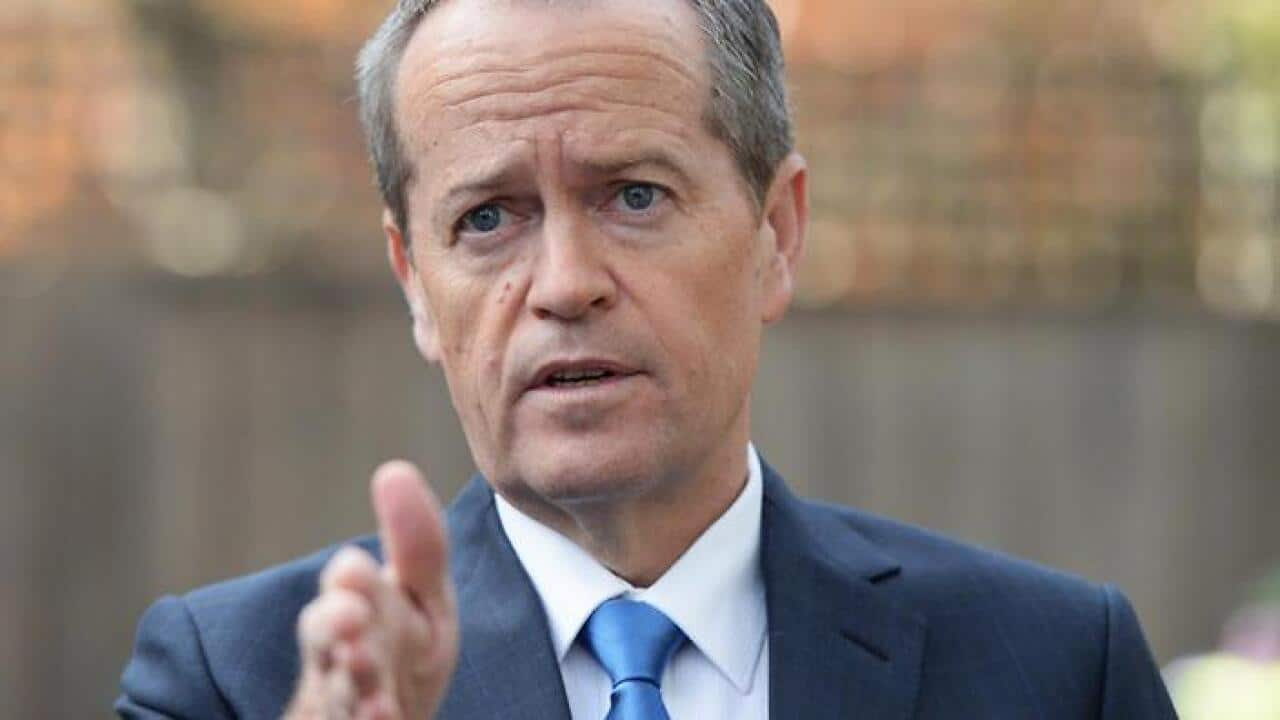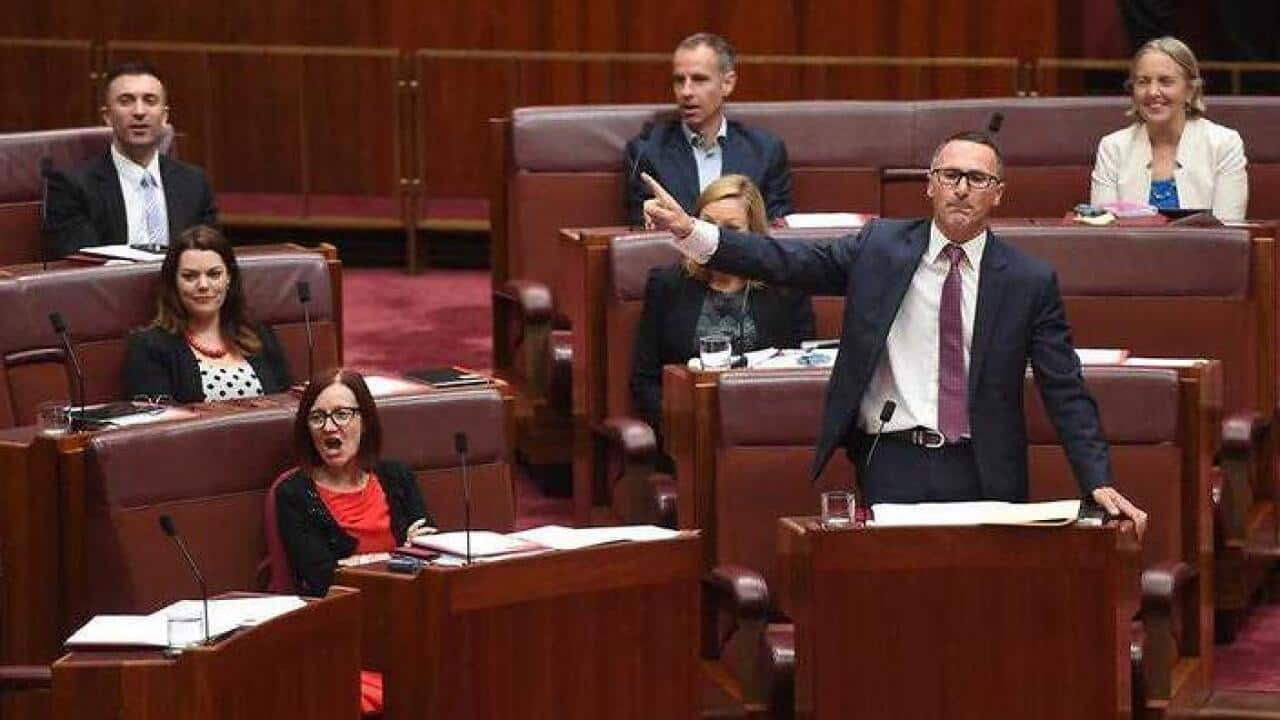New Greens leader Richard Di Natale has sought to broaden the party's focus and will be hoping to pick up more seats in both houses of parliament in the July 2 election.
His party has enjoyed a meteoric rise In the history of Australian politics - it was only nine years ago the Greens officially qualified for parliamentary party status.
At the 2010 federal election, they secured six senate seats, taking their tally in the upper house to nine.
Related reading

Vote 2016: Labor Party profile
Melbourne's Adam Bandt broke new ground, winning the Greens' first seat in the house of representatives at a general election in the 2010 election.
But Monash University political analyst Dr Nick Economou said while Mr Bandt was returned in 2013, his victory papered over some worrying electoral cracks for the party.
"That historic success has obscured the fact that the two parties that took a terrible beating in the last federal election were both the Labor Party and the Greens," he said.
"The Greens vote in Tasmania fell dramatically: it fell by almost eight or nine per cent and that's been a very strong state for the Greens over time, so there are some risks associated for the Greens in this upcoming election."
Those risks, Dr Economou said, had been mitigated by two significant factors.
"Firstly, changes to the senate voting system that I think will advantage the Greens and secondly, the fact that there is a double-dissolution election, which brings down the electoral threshold and probably guarantees that there will be at least six Greens, more likely eight, possibly nine," he said.
Related reading

Vote 2016: Liberal Party profile
In a double-dissolution poll, all senators are up for re-election, rather than half the chamber, and the new voting system will make it harder for micro-parties to win seats by allowing voters to direct their preferences by filling in six boxes "above the line" on the ballot paper.
But while much of the focus is on the senate for the Greens, after Mr Bandt's success they also have their eyes on lower house seats in inner-city Melbourne and Sydney.
Their challenge is proving a major distraction for Labor, with the ALP-held electorates of Batman and Wills in Victoria, and Grayndler in New South Wales, under threat.
Former GP, Senator Richard Di Natale, took over the Greens leadership from fellow Christine Milne last year.
According to Australian National University Professor John Wanna, the July 2 poll will be a key electoral litmus test of the direction he's taking the party.
Related reading

Vote 2016: The Nationals party profile
"The moderates are now in charge of the Greens parliamentary party, not the more radicals," she said.
"He has changed the style of the Greens I think. They have become bit more broader.
"They still talk about the environment but they are talking a lot more now about education, about social issues, about asylum-seeker issues, about Australia's direction in the globe and about economic issues and about our economic renewals and about economic choices we face going forward, particularly within the context of climate change."
Since the turn of the century, the Greens have effectively replaced the Australian Democrats as the third party in Australian politics.
But they have loftier goals than merely being a popular receptacle for the protest vote.
And this election will provide a good indicator of just where this still-youthful party is heading.
READ MORE

Who is Richard Di Natale?

